Activities to do in Winter – Snowshoeing!
The Best Snowshoeing Gear to Enjoy the Outdoors During Winter
You will need the best snowshoeing gear to get through snowshoeing. While the origins of snowshoeing are a bit mysterious, it is though to have originated in Central Asia around 6,000 years ago. Archaeologists have also found evidence of snowshoeing in North America and Europe, each continent having their distinctive styles of snowshoe. Regardless of how and where they were invented, snowshoes are a genius way to travel over the snow without sinking.
Like most inventions, snowshoes were created out of necessity. Ancient hunters and trappers used them to support their families, and eventually snowshoeing became a sport. It’s a great way to enjoy the outdoors when snow cover would otherwise keep you housebound! Whether it’s a leisurely stroll to sightsee or competitive racing, snowshoeing is a pretty easy and affordable pastime for the winter.
Traditionally, snowshoes had wooden frames and leather lacing, but these days designers use lightweight metal, polymers, and synthetic lacing for a more comfortable experience. Gear like boots and clothing has also become more streamlined and lightweight. To take the guesswork out of preparing for your winter walk, here’s a checklist of everything you’ll need.
What to take Snowshoeing
Best Snowshoeing Gear
Snowshoes
First and foremost, you’ll need a pair of snowshoes that are comfortable to wear and walk in. Casual users might want to check out flat or rolling terrain snowshoes, while those who are looking for a challenge can choose from mountain terrain or running snowshoes. Designs for more serious snowshoers are best found at sports and outdoor stores, but these unisex snowshoes are specifically made to be versatile and come with trekking poles.
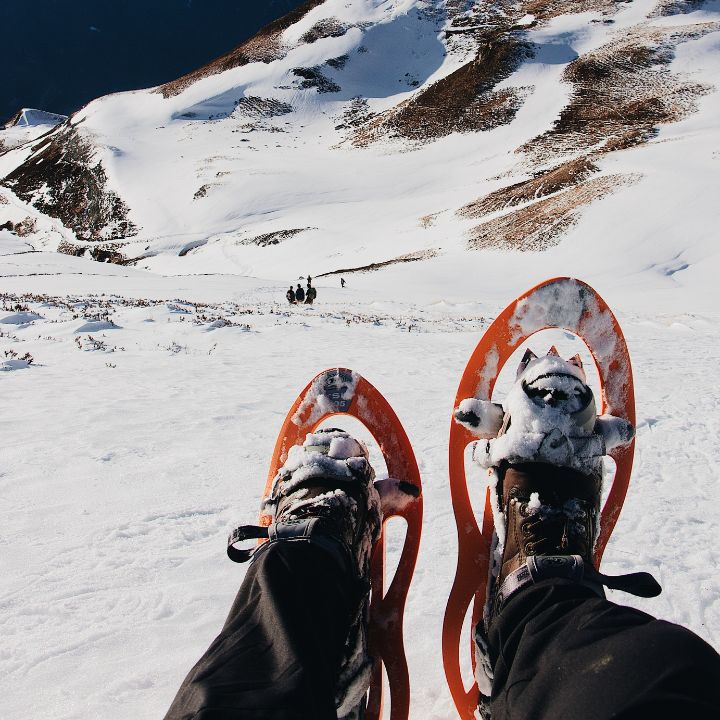
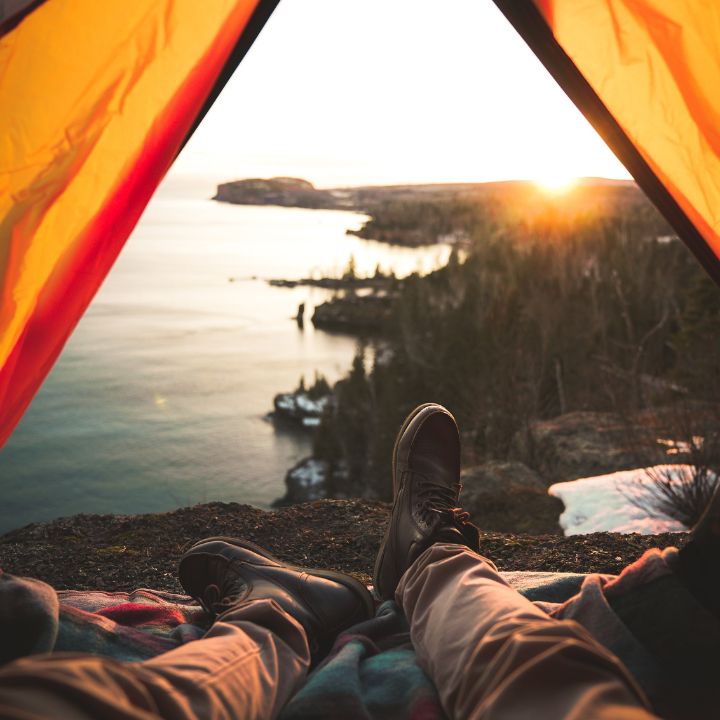
What Shoes to Wear
Snowshoeing Boots
Snowshoes aren’t actually shoes, but are meant to attach to footwear. You’ll need some snow boots to keep you protected from the cold, wet snow. Look for waterproof boots that hit above the ankle to make sure snow doesn’t creep in. For extra insulation against the cold, check out boots with fleece or faux fur lining.
How Should I Carry Supplies
Backpack
You’ll definitely need a backpack to carry water, snacks, navigation tools, and everything else you’ll bring to make your experience as fun and safe as possible. It might be best to look for a waterproof design with back support, but anything will work as long as it’s comfortable and has space to stash extra layers and socks.
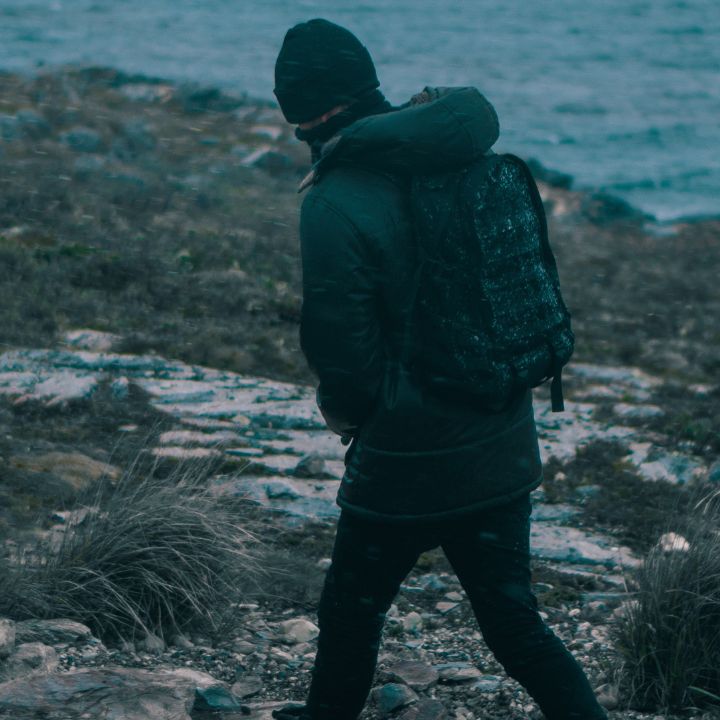
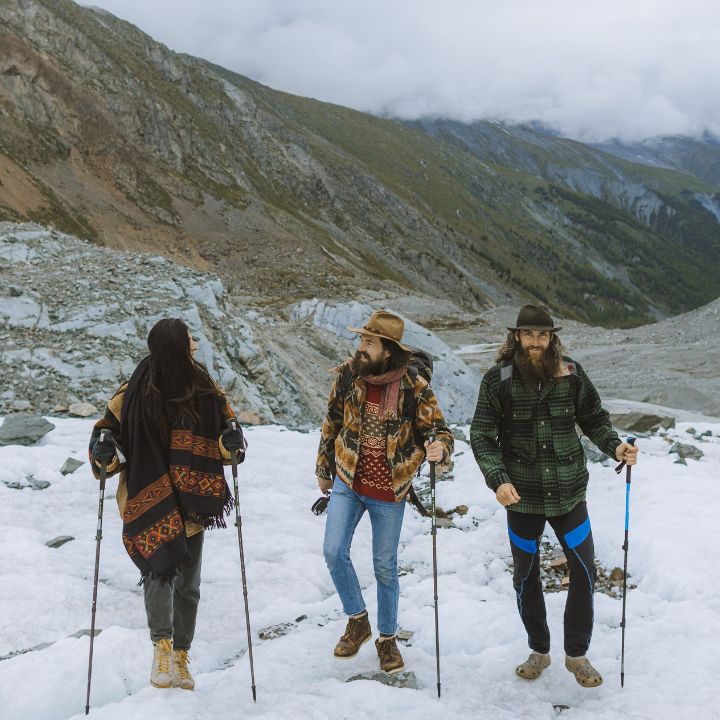
Top Snowshoeing Gear
Trekking Poles
These aren’t strictly necessary, but they will help you hike more challenging landscapes and help with balance, which is also helpful on flat terrain. There are poles specifically designed for snowshoeing, but if you’re looking for a more economical and versatile option you can attach snow baskets onto regular hiking poles.
Stay Dry
Gaiters
Seasoned snowshoers recommend waterproof, knee-high gaiters that protect your feet from the cold snow. Frostbite and hypothermia are real dangers in snowy and icy terrain, so it’s much better to be safe than sorry.
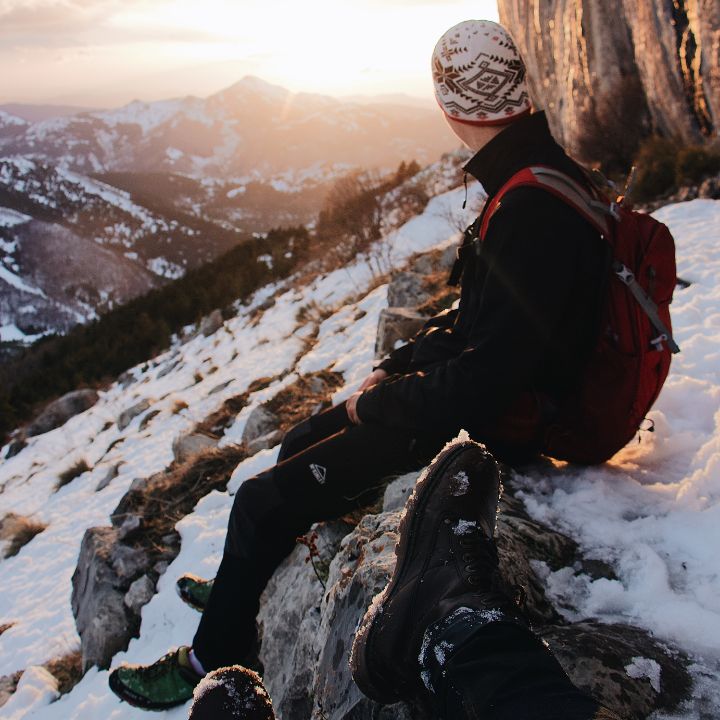
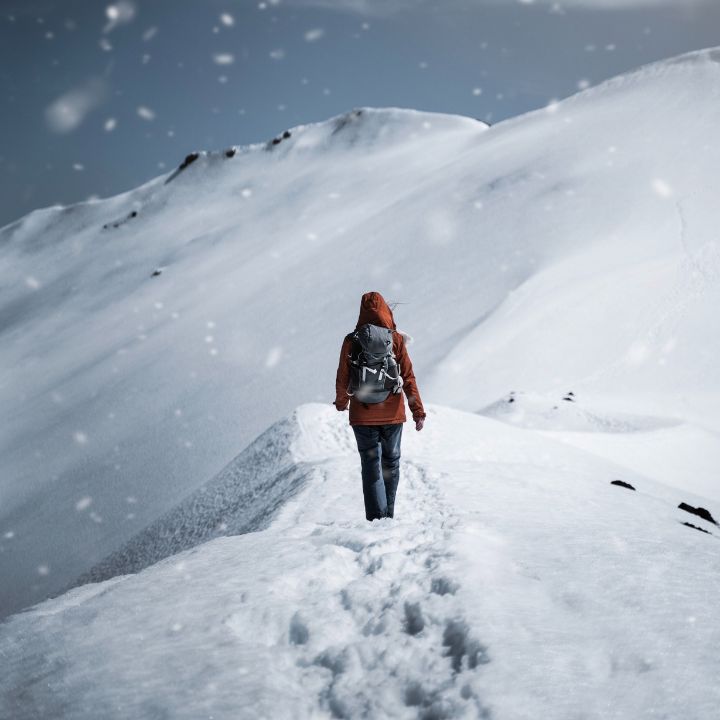
What to Wear Snowshoeing
Base Layers
Long underwear, or base layers are a great way to insulate your body without bulky clothing. Moisture-wicking base layers are recommended, which come in wool or synthetic fabrics. Just make sure they fit well and aren’t too constricting. There are men’s and women’s designs available in fun colors and synthetic or wool fabrics.
Breathable Rain Gear
While you want to be protected from the wet snow, it’s best to choose gear that is breathable to allow sweat to evaporate. Sweat cools your body, which will bring on hypothermia if you’re not careful. Breathable rain gear will shield you from snow, rain, and wind while allowing sweat vapor to escape.
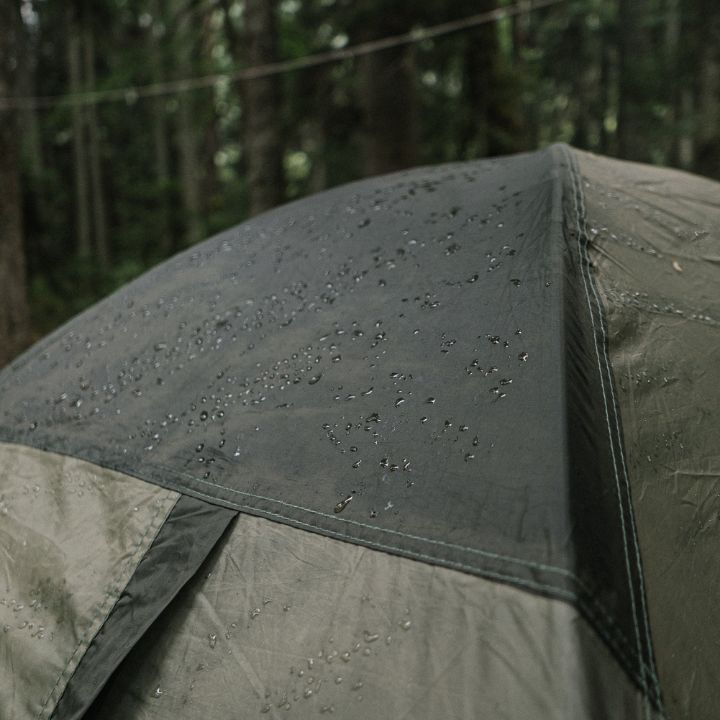

Sunscreen & Good Sunglasses or Goggles
You might not think about sun protection while winter hiking, but sunburns, snow blindness and sun poisoning can definitely sneak up on you while snowshoeing. Just like with skiing or snowboarding, sunlight reflects of the snow, increasing your UV exposure. Goggles offer the best eye protection, since UV rays will reflect from all directions. As far as sunscreen goes, any type and brand you like will work just fine, but make sure it has an SPF of at least 30 and is waterproof. Zinc-based sunscreens are recommended, since they cause less irritation, work immediately after you apply it, and are much better for the environment.
Hopefully this checklist gives you a good idea of what to bring on your snowshoeing adventure! Whatever you decide to bring, be safe and enjoy the beautiful scenery.

